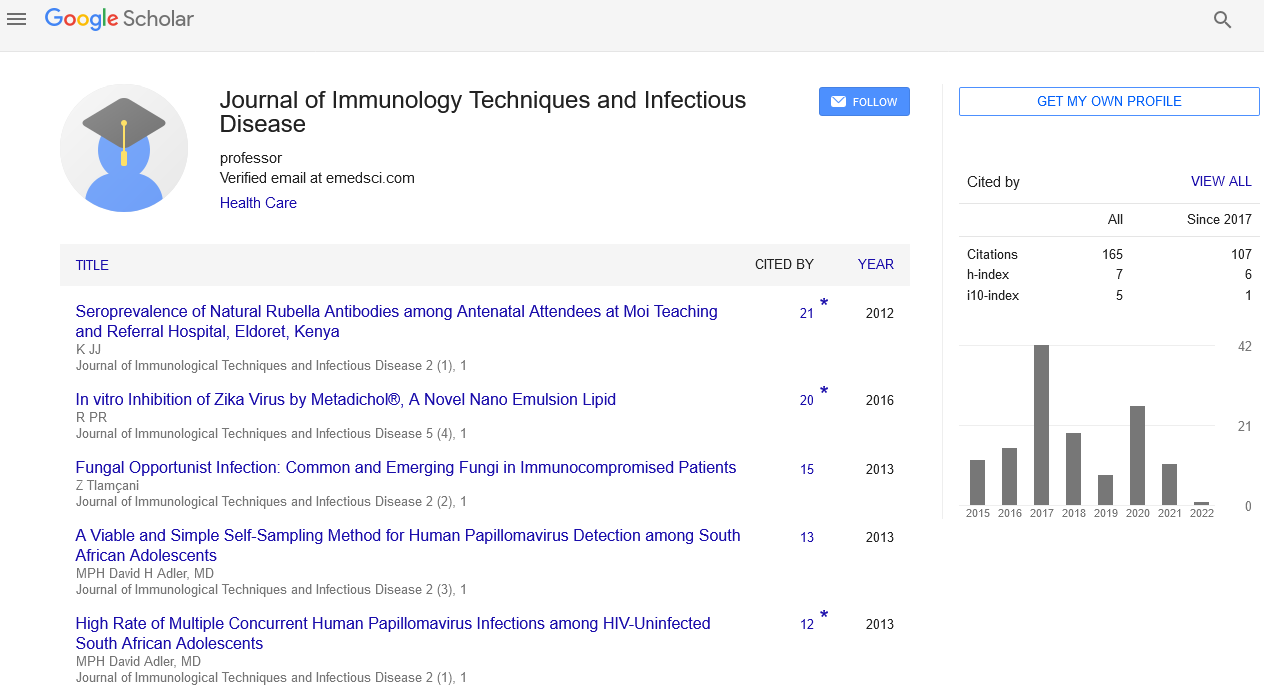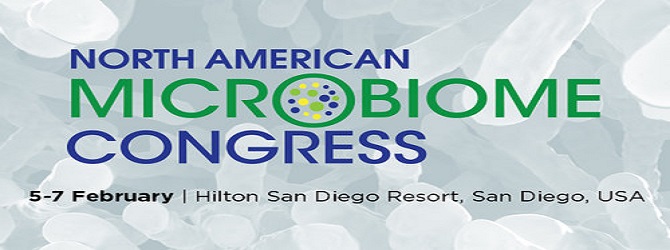Commentary, J Immunol Tech Infect Dis Vol: 13 Issue: 3
Pathogenesis and Disease: A Comprehensive Overview of How Illness Develops
Meixia Duan*
1Department of Immunology, Sichuan University, Chengdu, China
*Corresponding Author: Meixia Duan,
Department of Immunology, Sichuan
University, Chengdu, China
E-mail: meix.dua@gmail.com
Received date: 26 August, 2024, Manuscript No. JIDIT-24-151956;
Editor assigned date: 28 August, 2024, PreQC No. JIDIT-24-151956 (PQ);
Reviewed date: 11 September, 2024, QC No. JIDIT-24-151956;
Revised date: 18 September, 2024, Manuscript No. JIDIT-24-151956 (R);
Published date: 25 September, 2024, DOI: 10.4172/2329-9541.1000395
Citation: Ogunka-Nnoka CU, Ben-Piakor TE, Mepba HD, Ifeanacho MO (2020) Effect of Processing on Phytochemicals and Nutrient Composition of Tiger Nut (Cyperus esculentus L). J Food Nutr Disor 9:2. doi: 10.37532/jfnd.2020.9(2).271
Description
Pathogenesis is the biological mechanism through which diseases develop in the body, encompassing the processes by which infectious agents, such as bacteria, viruses and fungi or other factors, such as genetic mutations, immune system dysfunction and environmental triggers, cause disease. Studying pathogenesis is essential for understanding how diseases initiate, progress and cause symptoms in the host, as well as for identifying potential interventions to treat or prevent illness.
Pathogenesis is the process that leads to disease, defined as any deviation from a state of health. It encompasses the interactions between a pathogen or other causative factor and the host’s immune response. Understanding these interactions reveals significant insights into why certain pathogens cause severe illness, while others may only cause mild symptoms or none at all. Additionally, it sheds light on how genetic predisposition, lifestyle choices and environmental exposure play roles in disease susceptibility and severity.
Pathogenesis can broadly be divided into stages, starting from the initial exposure to a pathogen or trigger, to the establishment of infection, followed by the development of symptoms and, finally, the resolution or progression of the disease.
Stages of pathogenesis
Pathogenesis is divided into several stages, including.
Exposure and entry: The first stage in pathogenesis is exposure to a disease-causing agent. This can happen through various routes, including respiratory droplets (common for viruses such as influenza), ingestion (as with many bacterial infections), direct contact, or insect vectors. Some pathogens target specific cells, tissues, or organs based on factors including receptors on the host cells or environmental conditions (e.g., pH, temperature) conducive to pathogen survival.
Adherence and colonization: Once inside the body, pathogens need to adhere to and colonize host tissues. Many bacteria have surface molecules, such as pili and adhesins, which enable them to bind to host cell surfaces, which is an important step in avoiding being washed away by bodily fluids. For example, Helicobacter pylori, the bacterium responsible for peptic ulcers, uses adhesins to stick to the stomach lining, where it can then colonize and cause inflammation. Without effective adherence, many pathogens would be unable to establish infections in host tissues.
Invasion and spread: Pathogens frequently invade and spread through tissues to reach their preferred environment within the host.
Some pathogens, such as certain bacteria, produce enzymes that help them penetrate host tissues and evade immune responses. Viruses typically enter host cells and hijack cellular machinery to replicate, which can directly damage or destroy infected cells. In more severe infections, pathogens may enter the bloodstream, leading to widespread dissemination and potential systemic infections.
Evasion of host defenses: An essential element of pathogenesis is the ability of a pathogen to evade the host immune system. The immune system is designed to recognize and destroy foreign invaders, but many pathogens have developed sophisticated mechanisms to evade detection.
Tissue damage and clinical manifestations: The characteristic of pathogenic progression is the damage caused to tissues and organs. This damage can be caused by direct pathogen action (e.g., viral replication within host cells) or the immune system’s inflammatory response. Tissue damage is frequently responsible for the symptoms observed in diseases, such as fever, pain and organ dysfunction.
 Spanish
Spanish  Chinese
Chinese  Russian
Russian  German
German  French
French  Japanese
Japanese  Portuguese
Portuguese  Hindi
Hindi 
